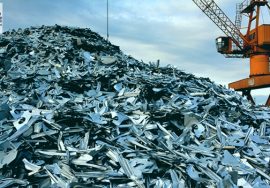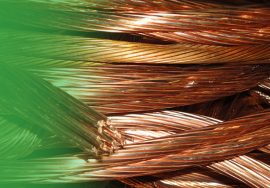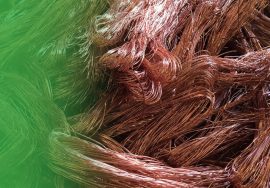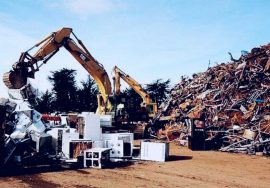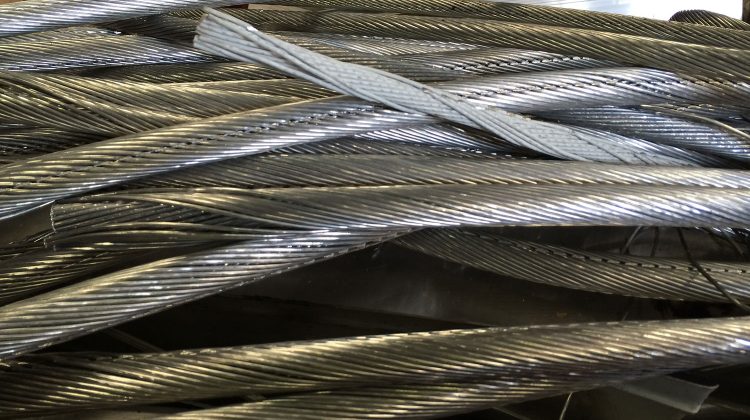
Knowing The Procedure How Metal Is Recycled
Reduce, reuse and recycle (the three Rs) is the most popular motto of the 21st century. Why? Well, with the current state of Planet Earth and the influx of climate change, it’s crucial to take care of the wastes we produce and move towards a sustainable future. In metal recycling, the three Rs are responsible for protecting the environment. This is because when you recycle old metal, you reduce the need to mine & produce newer metals.
So, how does the process of metal recycling occur? Let’s find out about the same with the help of this extensively researched blog post.
The Process Of Metal Recycling
1. The Preparation/Collection Phase
According to a well-known organisation for recycling scrap metal in Brookvale, the primary step of the recycling process starts with the collection of scrap metals. Whether it’s your home or business, you need to designate separate bins for collecting your scrap metal – both ferrous & non-ferrous. The bins that you will be using should safely hold the metal scraps.
2. The Sorting Phase
When the metal recycling facility will collect the scrap metal from you, the sorting process will begin. The metals will be first separated from other materials. For instance, in the case of metal wires, the plastic will be stripped to reveal the metal on the inside. Once done, ferrous & non-ferrous metals will be separated via the use of in-hour magnetic structures.
Metals will also be sorted based on their colour. For instance, copper with a yellow-red hue will be separate from aluminium that has a silver hue.
Lastly, metals will be separated based on their purity. For example, pure metal scraps will be separated from impure ones.
3. The Processing Phase
According to a reliable facility for scrap metal in Marrickville, the next step involves scrap metal processing. During such a process, the metals will be first squeezed & compacted together, so that they take up less space inside the recycling facility. After that, the metals will be shredded into smaller pieces using hydraulic machinery.
The hydraulic machinery can provide enough pressure to successfully cut large pieces of metal because it will use fluid-filled motors for the task. The metals will be further cut into smaller pieces using hammer mills. Small pieces of metal make it easy for melting.
4. The Melting Phase
The small pieces of metal will then be melted. Each type of metal will have different furnaces because not every metal will melt at the same temperature. The size of the furnace as well as the metal will dictate the time it takes for the melting process to complete.
Once the melting process is completed, the metals are then solidified and compacted into sheets/blocks for transportation. For more information on scrap metals, contact us.

